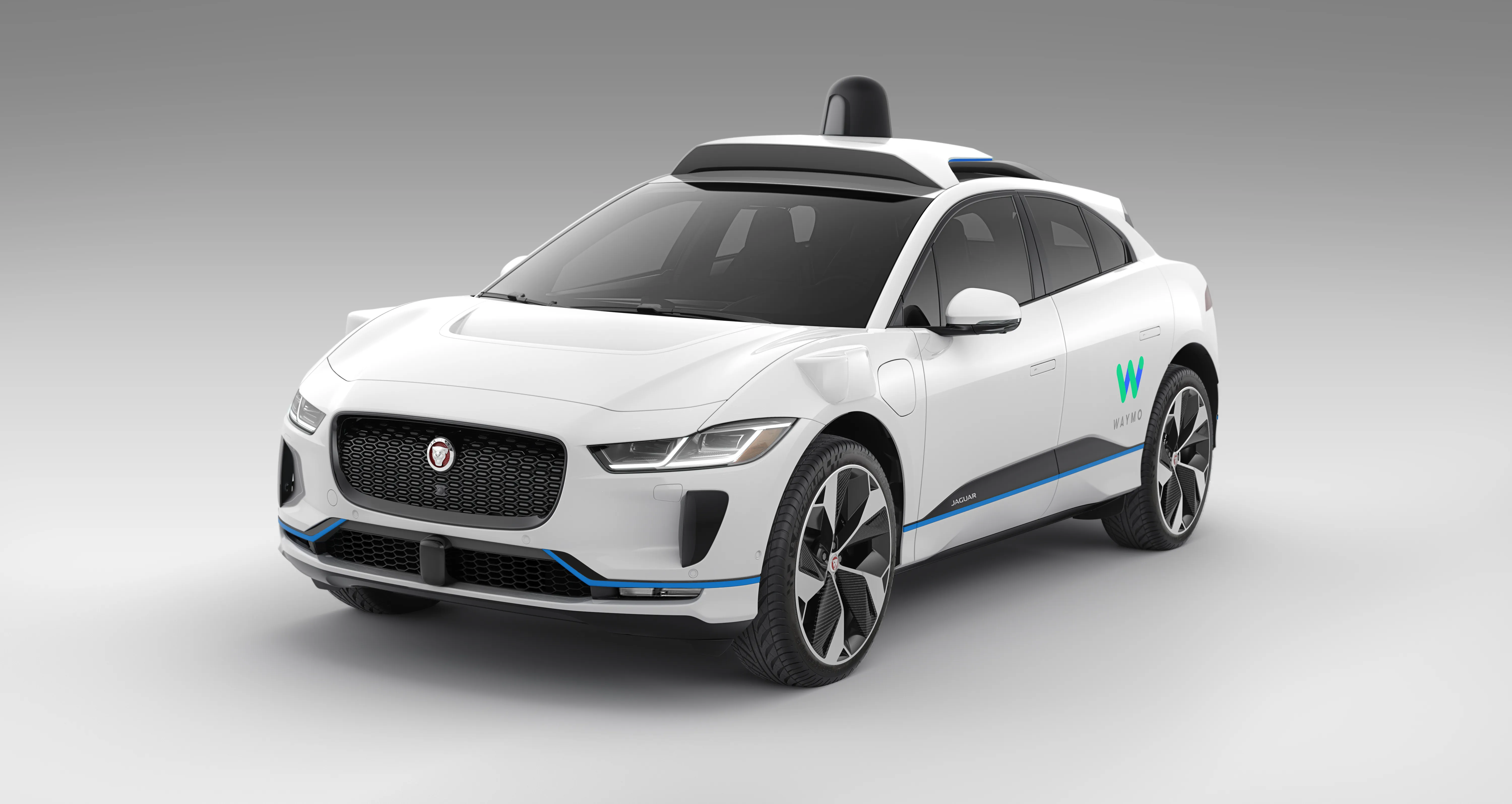In a recent blog post, Google’s director of their self-driving car project, Chris Urmson has given an update on the technology that he says is better than the human eye.
Google’s autonomous vehicles have logged nearly 700,000 miles on the streets of the company’s hometown, Mountain View, California. Urmson says a mile of city driving is much more complex than a mile of freeway driving, with hundreds of different objects moving according to different rules of the road in a small area.
He claims that
May 14, 2014
Read time: 2 mins
In a recent blog post, 1691 Google’s director of their self-driving car project, Chris Urmson has given an update on the technology that he says is better than the human eye.
Google’s autonomous vehicles have logged nearly 700,000 miles on the streets of the company’s hometown, Mountain View, California. Urmson says a mile of city driving is much more complex than a mile of freeway driving, with hundreds of different objects moving according to different rules of the road in a small area.
He claims that Google has improved its software so it can detect hundreds of distinct objects simultaneously—pedestrians, buses, a stop sign held up by a crossing guard, or a cyclist making gestures that indicate a possible turn. A self-driving vehicle can pay attention to all of these things in a way that a human physically can’t—and it never gets tired or distracted.
Urmson says: “As it turns out, what looks chaotic and random on a city street to the human eye is actually fairly predictable to a computer. As we’ve encountered thousands of different situations, we’ve built software models of what to expect, from the likely (a car stopping at a red light) to the unlikely (blowing through it). We still have lots of problems to solve, including teaching the car to drive more streets in Mountain View before we tackle another town, but thousands of situations on city streets that would have stumped us two years ago can now be navigated autonomously.”
With nearly 700,000 autonomous miles under its belt, Google is growing more optimistic that it is heading toward an achievable goal—a vehicle that operates fully without human intervention.
Google’s autonomous vehicles have logged nearly 700,000 miles on the streets of the company’s hometown, Mountain View, California. Urmson says a mile of city driving is much more complex than a mile of freeway driving, with hundreds of different objects moving according to different rules of the road in a small area.
He claims that Google has improved its software so it can detect hundreds of distinct objects simultaneously—pedestrians, buses, a stop sign held up by a crossing guard, or a cyclist making gestures that indicate a possible turn. A self-driving vehicle can pay attention to all of these things in a way that a human physically can’t—and it never gets tired or distracted.
Urmson says: “As it turns out, what looks chaotic and random on a city street to the human eye is actually fairly predictable to a computer. As we’ve encountered thousands of different situations, we’ve built software models of what to expect, from the likely (a car stopping at a red light) to the unlikely (blowing through it). We still have lots of problems to solve, including teaching the car to drive more streets in Mountain View before we tackle another town, but thousands of situations on city streets that would have stumped us two years ago can now be navigated autonomously.”
With nearly 700,000 autonomous miles under its belt, Google is growing more optimistic that it is heading toward an achievable goal—a vehicle that operates fully without human intervention.








